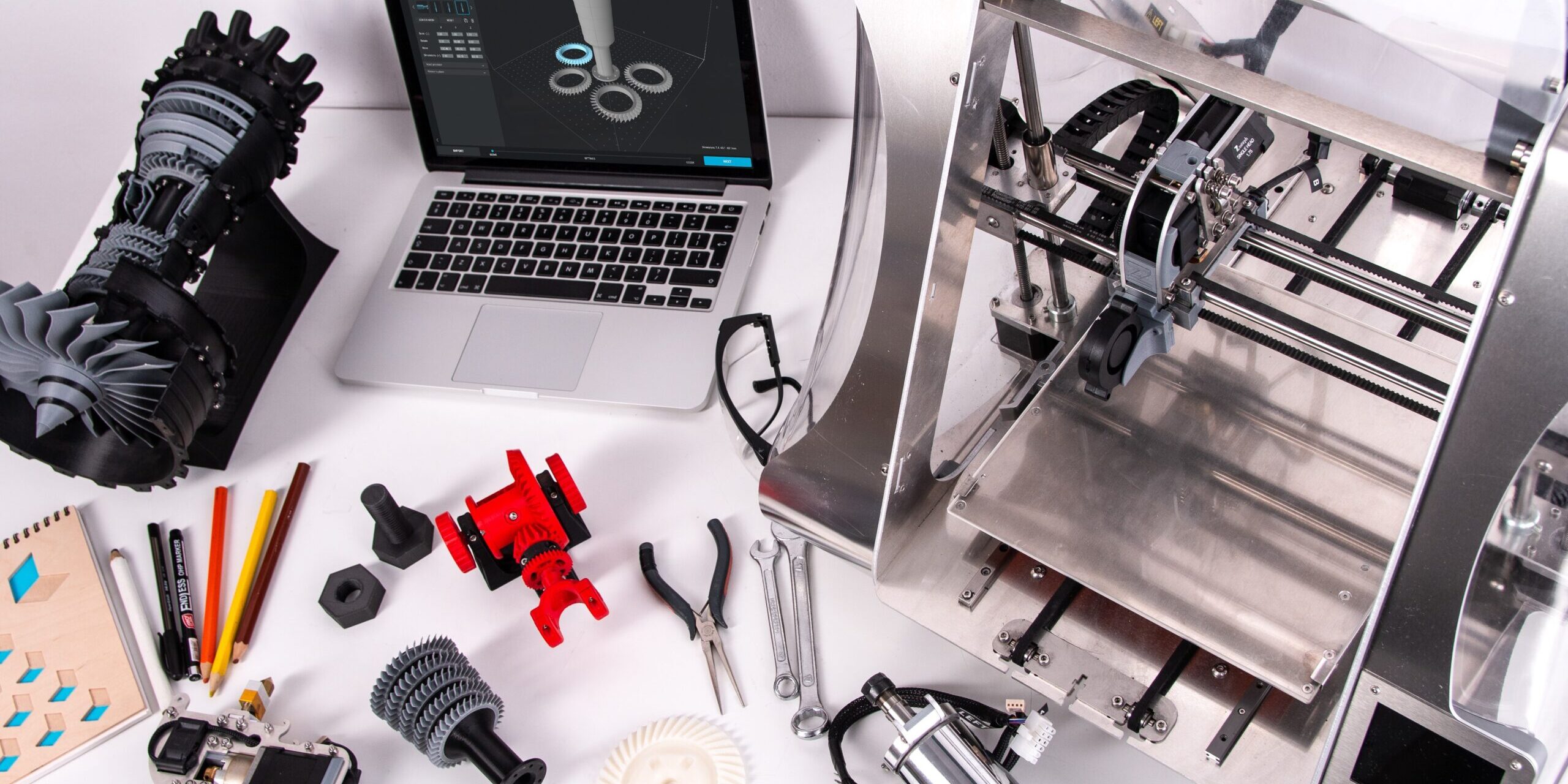Automation and robotics play a crucial role in modern supply chains, offering benefits such as enhanced efficiency, cost reduction, improved safety, scalability, data-driven decision-making, workforce augmentation, and sustainability. These technologies optimize processes, increase productivity, and enable businesses to adapt to changing demands. While challenges exist, careful planning and collaboration can overcome them. Embracing automation and robotics allows businesses to stay competitive and thrive in the evolving landscape of supply chain management.
Enhanced Efficiency and Productivity:
Automation and robotics can perform repetitive tasks with precision and speed, significantly improving efficiency and productivity. By automating manual processes, businesses can reduce human error, increase throughput, and achieve higher levels of accuracy. This allows for faster order processing, shorter lead times, and improved customer satisfaction.
Cost Reduction:
Automation and robotics can help reduce operational costs in several ways. They eliminate the need for manual labor in certain tasks, leading to savings on labor costs. Additionally, automation streamlines processes, reduces waste, and optimizes inventory management, resulting in cost savings throughout the supply chain.
Improved Safety:
Robotics and automation systems can handle hazardous or physically demanding tasks, reducing the risk of workplace accidents and injuries. By transferring these tasks to machines, businesses can prioritize employee safety and well-being. Safety sensors and protocols can be integrated into robotic systems to ensure safe collaboration between humans and machines.
Scalability and Flexibility:
Automation and robotics offer scalability and flexibility in supply chain operations. Businesses can easily adjust production volumes and respond to fluctuations in demand by adapting their automated systems. Robotics can also be programmed to perform multiple tasks, allowing for greater flexibility in meeting diverse customer needs.
Data Collection and Analytics:
Automation and robotics generate vast amounts of data, providing valuable insights into supply chain performance. Advanced analytics and machine learning algorithms can analyze this data in real-time, enabling businesses to identify bottlenecks, optimize processes, and make data-driven decisions. This leads to improved operational efficiency and strategic planning.
Workforce Augmentation:
Contrary to the misconception that automation and robotics will replace human workers, they can actually augment the workforce. By automating repetitive and mundane tasks, employees can focus on more complex and value-added activities that require human expertise, such as problem-solving, decision-making, and customer service. This results in a more engaged and skilled workforce.
Sustainable Practices:
- Automation and robotics contribute to sustainable supply chain practices. They can optimize energy consumption, reduce waste, and minimize environmental impact. Automated systems can be programmed to operate at peak efficiency, optimizing energy usage. Robotics also enable precise sorting, recycling, and waste reduction, promoting sustainability throughout the supply chain.
- The role of automation and robotics in modern supply chains cannot be overstated. They bring numerous benefits, including enhanced efficiency, cost reduction, improved safety, scalability, data-driven decision-making, workforce augmentation, and sustainability. Embracing these technologies enables businesses to stay competitive in a rapidly evolving global marketplace.
- However, it’s essential to consider the potential challenges that come with automation and robotics implementation. These include initial investment costs, system integration complexities, and the need for upskilling and reskilling the workforce. Overcoming these challenges requires careful planning, collaboration with technology providers, and continuous training programs.
- Automation and robotics have become indispensable in modern supply chains. They enable businesses to achieve higher efficiency, reduce costs, ensure safety, adapt to changing demands, harness data insights, augment the workforce, and promote sustainability. By embracing these technologies and addressing associated challenges, businesses can position themselves for success in the evolving landscape of supply chain management.







